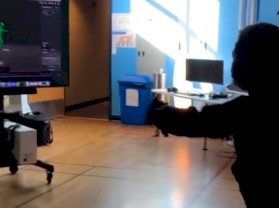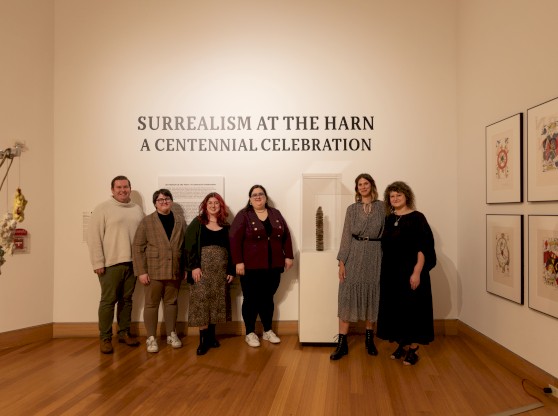Visiting Assistant Professor Joseph Dangerfield partnered with UF Health and Johns Hopkins doctors to help save the musical ability and life of a patient.
Dangerfield, with University of Florida’s Assistant Professor of Neuroradiology, Ibrahim S. Tuna, MD, and Johns Hopkins Assistant Professor of Radiology, Haris Sair, created a paradigm to map the music centers of the brain using an fMRI.
“Ibrahim contacted me and said he had a patient that had a brain lesion who was a violinist,” Dangerfield explained. “She wanted to avoid losing her ability to play the violin. We were trying to save this person’s ability along with their life.”
According to Dangerfield, there are two steps to the brain mapping process that he participated in: reading comprehension and rhyming.
“There are two areas when you brain map,” he said. “There’s reading comprehension and there’s rhyming. There isn’t a proper equivalent to the rhyming task in music like there is in language.”
He said that this project was entirely new and that the group had to figure out how to handle this issue from scratch.
During the reading comprehension portion of the project, he decided that he would use 30 music excerpts from different scores. He also said that he had to make sure not to choose ones that the patient would know. This meant avoiding all violin repertoires.
“I made 30 sets of chords,” he said. “There were two chords in each set, one on top and one on the bottom.”
Either the chords would be equivalent or not equivalent in quality (major vs. minor), he said. For example, an F major triad and a C major triad would be equivalent because the quality of the chord was major in both cases. However, if one were minor, the quality of the chords would not be the same.
He said Dr. Tuna had to make sure to inform the patient that they were not to base their answers on music theory but rather they were to sound out the the chords in their heads as they read the piece of music. This was so that the patient would use the same part of the brain they would use if they were playing an instrument.
The brain scan and the surgery were both successful, Dangerfield reported. He said that he hopes this procedure will be used to scan the brains of healthy musicians so that more can be learned about the brain.
“It was a humbling experience,” he said. “I think it’s important for us to remember that the arts represent who we are. They represent our humanity, and that’s something that I’ve always believed. That’s something that guided my training from a very young age, but this was the first time that I was able to apply that to help save someone’s quality of life.“



